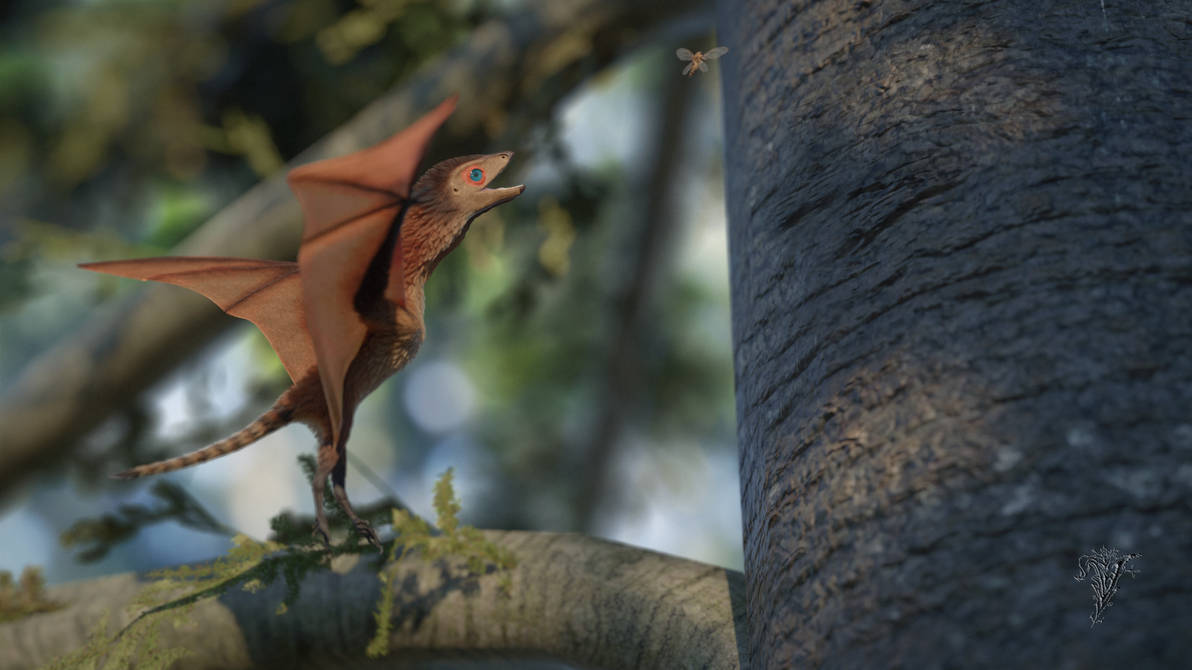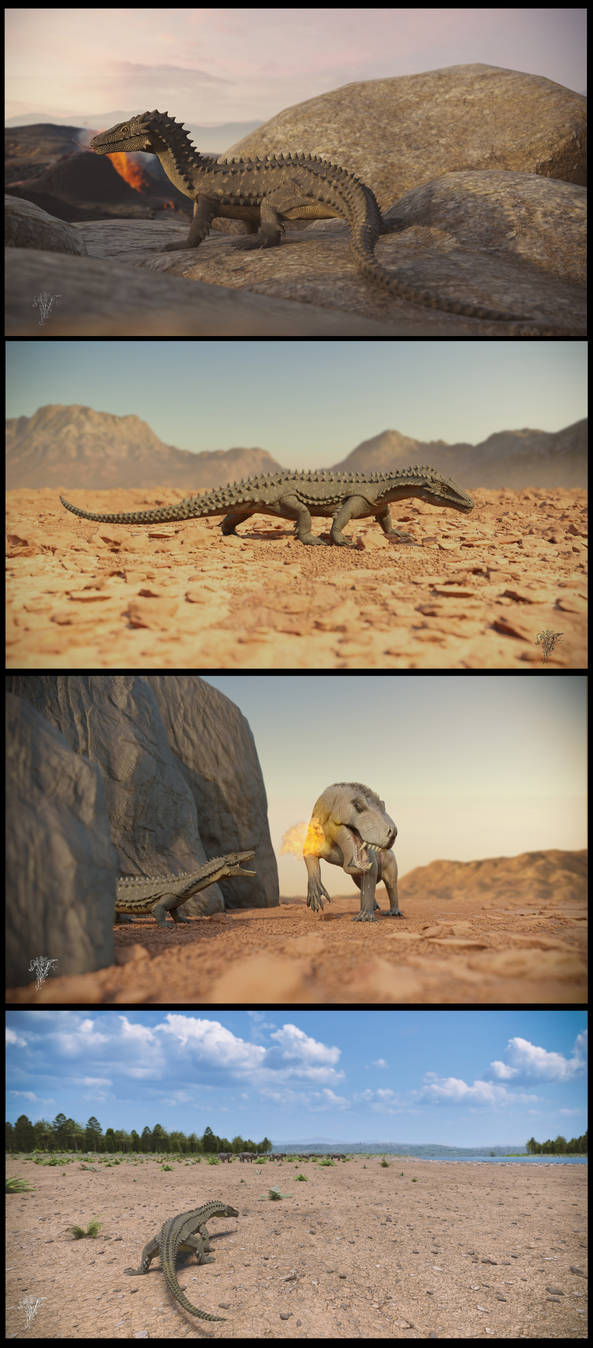Deviation Actions
Description
Please do not copy, redistribute, reference, trace, reuse, alter or modify for your own use without my prior permission, thank you!
I've had this in my head for a while now and finally got the time to render it out. This is obviously meant to be a tribute to Dragons: A fantasy made real and that epic mating dance (which is actually based on eagle mating behavior). Having been lucky enough to have seen a pair of tawny eagles engage in such behavior and even a family of them some time ago, I was tempted to try and do a slightly different take on this.
…………………………………………………………………………………………………………………………………………………………………………………………………………………………………………………………………………………………………………………………………………………………………………………………………………………………………………………………………………………………………………………………………………………………………………………………………………………………………………………
Somewhere in the skies above Central Asia, after several days of searching, a male Asiatic serpentine dragon (Longidrakon ornatus) finally finds a female. The female first tests the newcomer to her area; she's seen males of her kind before, but this one looks different, he's a brighter shade of red than the rusty golden she's more familiar with, and his crests are smaller. Smelling and flying within inches of him, the female makes brief contact to test his health.
The male responds by diving and slowly circling the female while vocalizing.
Finally, the pair climbs higher, and begin an elaborate mating dance. They rapidly spin in tight circles, letting out bursts of flame in between to indicate that they're fit enough to spare some precious fire for display. This dance, more than anything, requires careful planning and synchronization. The two fly at the same level and so close that their wingtips touch. Flying in a tight circle like this requires a good amount of flapping, and thus more energy than they normally spend. Moreover, even the slightest misstep could lead to them colliding or disrupting the rhythm of the dance.
After several minutes, the pair break off and begin flying in unison. Their courtship will be completed once they find a suitable site to build their lair, at which point they will finally mate.
The Asiatic serpentine dragon is a medium-sized neodraconid dragon species native to most of Asia. Because of this vast distribution, individuals from many populations show distinct differences. In this case, this male is from the Himalayas to the south. The search for a mate has brought him to the Altai Mountains, where the locals have a slightly different coloration and features.
These dragons are rather odd among true dragons in that they are very ornate and rarely exhibit intraspecific aggression. Even male dragons will generally tolerate each other's presence to an extent and will only resort to a physical fight on extremely rare occasions. Notably, most males of these species come together in small groups during the breeding season and call to attract a mate. This male was unable to find such a group, and has instead become a nomad, travelling vast distances to go to the females instead.
While their mating dance is spectacular, it is rather brief, only lasting 10-15 minutes. This, and their unusual lekking behavior, may have evolved as a form of defense against the dominant aerial predator in the region, the Eurasian mountain devil (Magnadrakon imperiosus). Although adults are much too cumbersome in the air to be able to capture one of these, juveniles are smaller and more aerobatic, and often hunt in packs. Adult mountain devils are also known to ravage serpentine dragon lairs, and may be one of the reasons why these dragons usually avoid confrontation with their own kind. In the southern extent of their range, the helmeted forest dragon (Pyrolophosaurus indicus) is a more common threat; however, because this species breeds at a different time of year, it rarely poses a problem to breeding pairs.
After mating, both parents will look after the eggs for roughly 2 months, taking turns hunting and guarding. Once the eggs hatch, the flaplings are, as with other dragons, able to fly and hunt within hours. At this point, the male typically distances himself from his mate and brood, but will remain in the general vicinity. This may be because female dragons of many (though not all) species become highly aggressive and defensive of their offspring once they've hatched. In fact, most react aggressively to the very smell of testosterone. This may have to do with the fact that male dragons can pose a serious threat to their offspring and to them as well. However, after 1-2 months, the flaplings leave their mother's side, though they may occasionally interact with either parent (provided they're still in the region).
Although they don't mate for life, Asiatic serpentine dragons only mate with a single partner each year. Moreover, they also appear to show preference for one or a few individuals depending on certain factors such as hunting prowess and offspring care. Therefore, it's not unheard of for individuals to mate with the same partner year after year should they encounter each other.
Draconology: True dragons pt 2
Draconology: The Draconimorpha
World of Draconology
Question: Are there dragon species that deliberately spread fire in the environment in order to flush out hidden prey, like how some birds of prey do today (namely the black kite)?























![Sicarapax [commission]](https://images-wixmp-ed30a86b8c4ca887773594c2.wixmp.com/f/515fb444-f021-46ec-a63d-4bd4ab40b49d/dev5mot-66ad3cf5-0a5c-481b-b8e7-abcd09a38cde.jpg/v1/fill/w_1106,h_723,q_70,strp/sicarapax__commission__by_gugenheim98_dev5mot-pre.jpg?token=eyJ0eXAiOiJKV1QiLCJhbGciOiJIUzI1NiJ9.eyJzdWIiOiJ1cm46YXBwOjdlMGQxODg5ODIyNjQzNzNhNWYwZDQxNWVhMGQyNmUwIiwiaXNzIjoidXJuOmFwcDo3ZTBkMTg4OTgyMjY0MzczYTVmMGQ0MTVlYTBkMjZlMCIsIm9iaiI6W1t7ImhlaWdodCI6Ijw9MjU1MCIsInBhdGgiOiJcL2ZcLzUxNWZiNDQ0LWYwMjEtNDZlYy1hNjNkLTRiZDRhYjQwYjQ5ZFwvZGV2NW1vdC02NmFkM2NmNS0wYTVjLTQ4MWItYjhlNy1hYmNkMDlhMzhjZGUuanBnIiwid2lkdGgiOiI8PTM5MDAifV1dLCJhdWQiOlsidXJuOnNlcnZpY2U6aW1hZ2Uub3BlcmF0aW9ucyJdfQ.DTNc-KBYePRBTfgGOpo7zjQDa82dngOoGOjGmtJdNFI)















